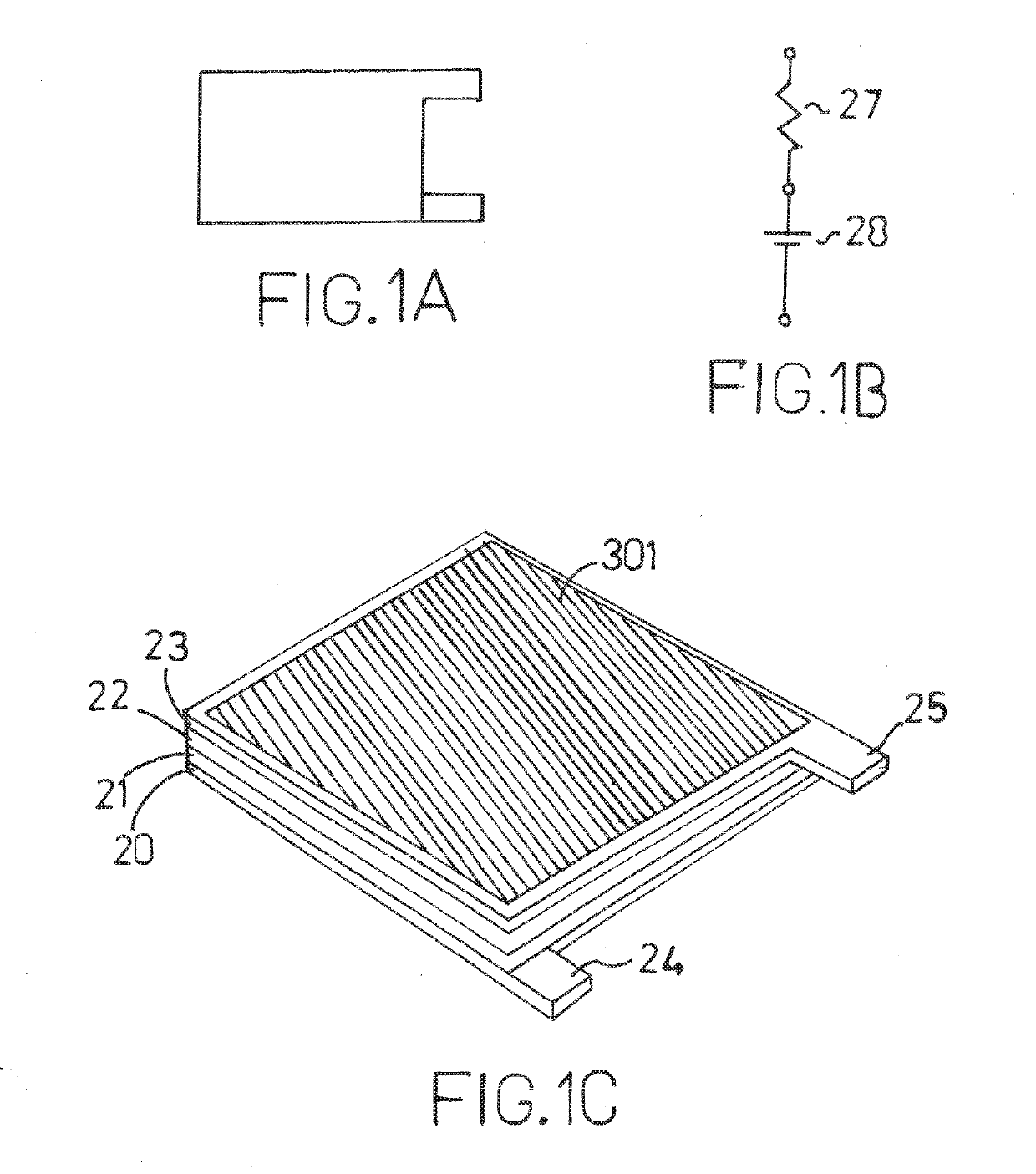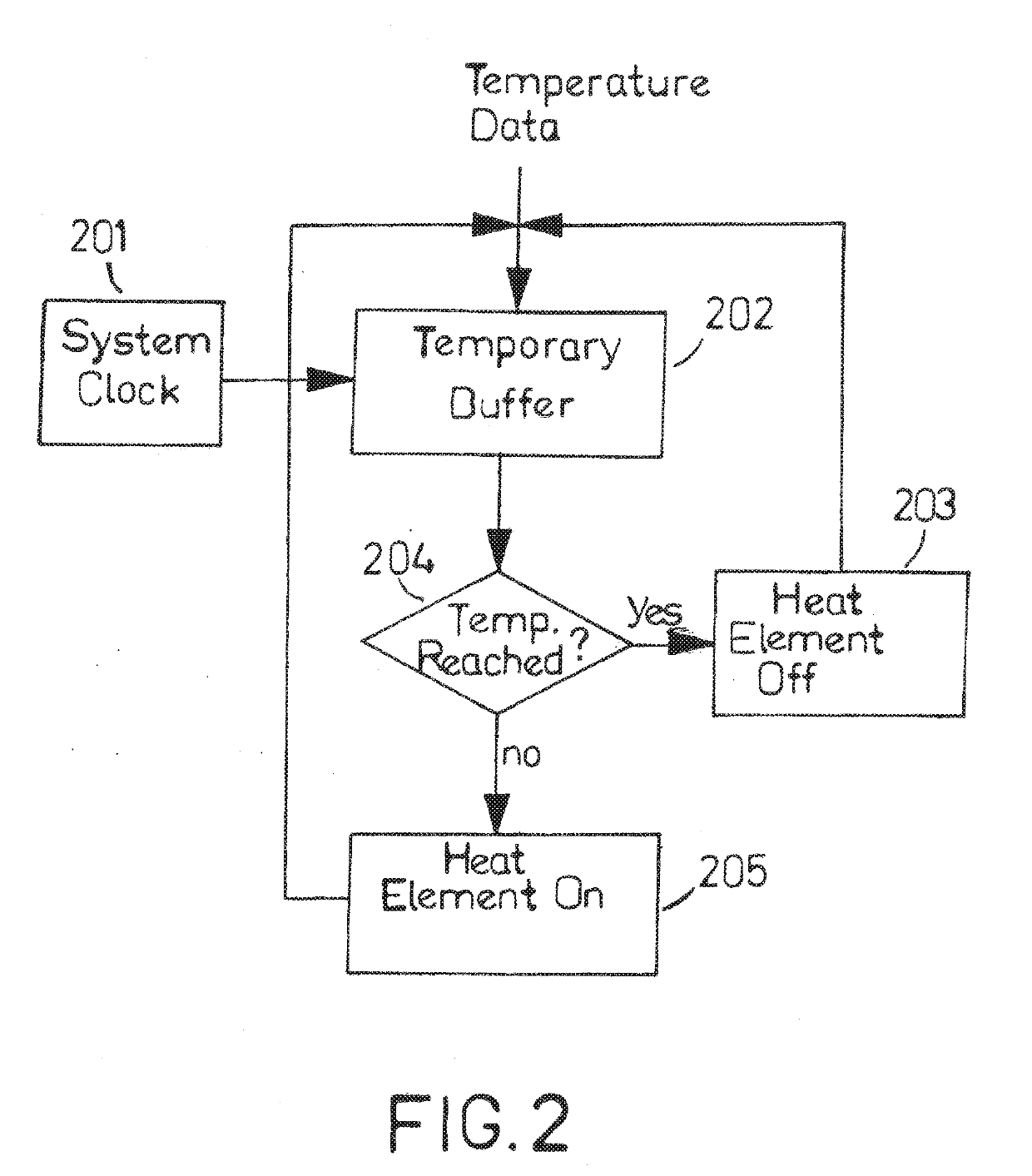Ionically and thermally enhanced solid state generator
a solid-state generator and ionization technology, applied in the manufacture/treatment of thermoelectric devices, deferred-action cells, thermoelectric devices, etc., can solve the problems of insufficient efficiency of conversion of petroleum to electrical energy, the cost of energy production the damage to the environment and human health is not currently born by the cost of energy production, so as to achieve the effect of easy manufacturing and without the need for expensive machining or manufacturing processes
- Summary
- Abstract
- Description
- Claims
- Application Information
AI Technical Summary
Benefits of technology
Problems solved by technology
Method used
Image
Examples
Embodiment Construction
[0023]The present technology, a new type of electrical power generation device, is based on the purposeful layering of different materials, oxides, semiconductors, metals and carbons, such that voltage differentials are manifested at the interface of the materials and an overall voltage value is exhibited between the anode and cathode of the device. The production of electricity from this device is caused by the creation of a built-in potential across the interface between stable materials with dissimilar electron configurations and densities. Once the correct series of layers are applied, the device may then be treated as any electrical power device and stacked in series or parallel, in order to reach a desired voltage or current output.
[0024]Electrons oscillate and emit electromagnetic energy in the form of waves. These waves possess a frequency distribution based on Planck's formula. Also, due to the connections between atoms, the displacement of one or more atoms from their equi...
PUM
 Login to View More
Login to View More Abstract
Description
Claims
Application Information
 Login to View More
Login to View More - R&D
- Intellectual Property
- Life Sciences
- Materials
- Tech Scout
- Unparalleled Data Quality
- Higher Quality Content
- 60% Fewer Hallucinations
Browse by: Latest US Patents, China's latest patents, Technical Efficacy Thesaurus, Application Domain, Technology Topic, Popular Technical Reports.
© 2025 PatSnap. All rights reserved.Legal|Privacy policy|Modern Slavery Act Transparency Statement|Sitemap|About US| Contact US: help@patsnap.com



